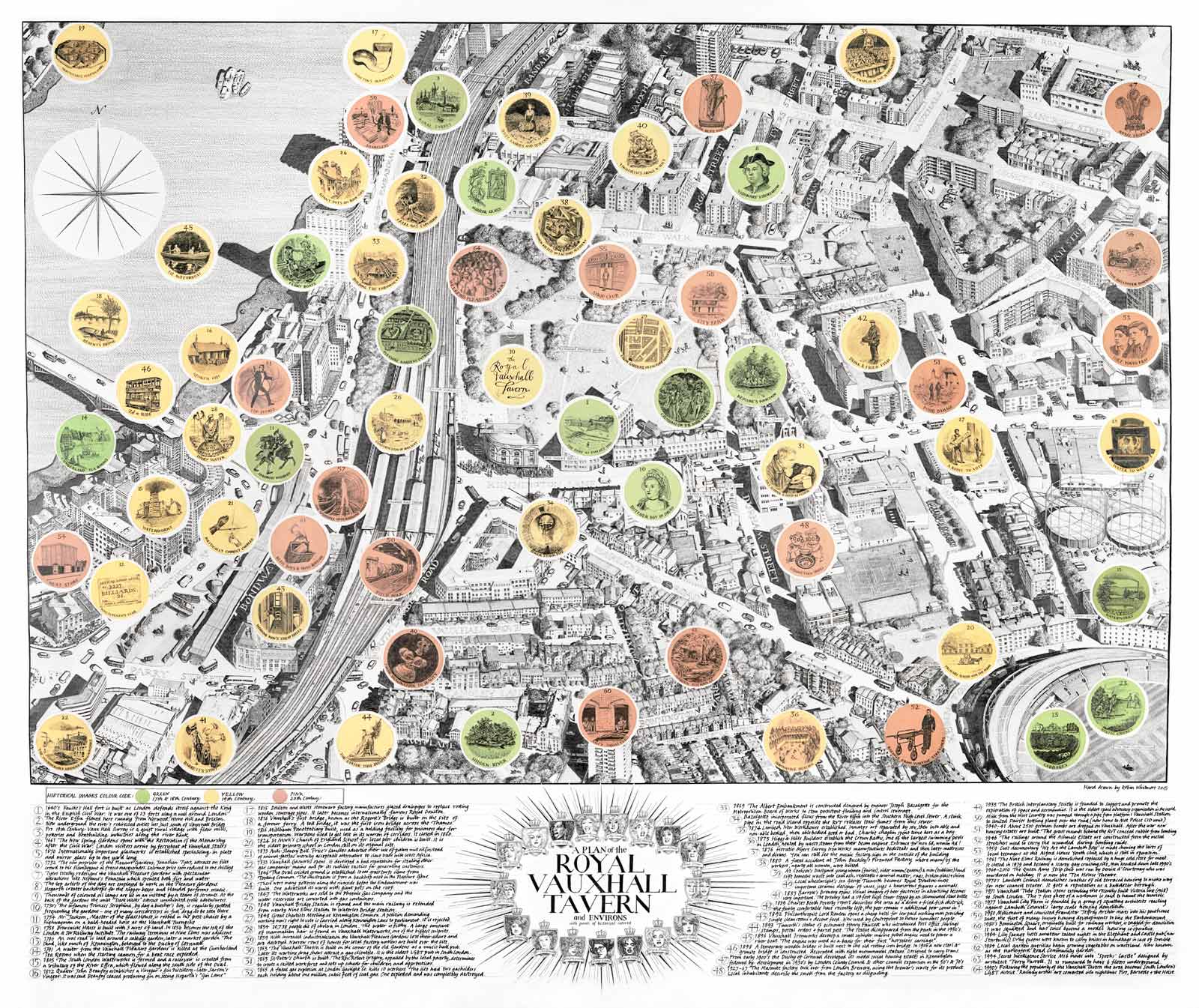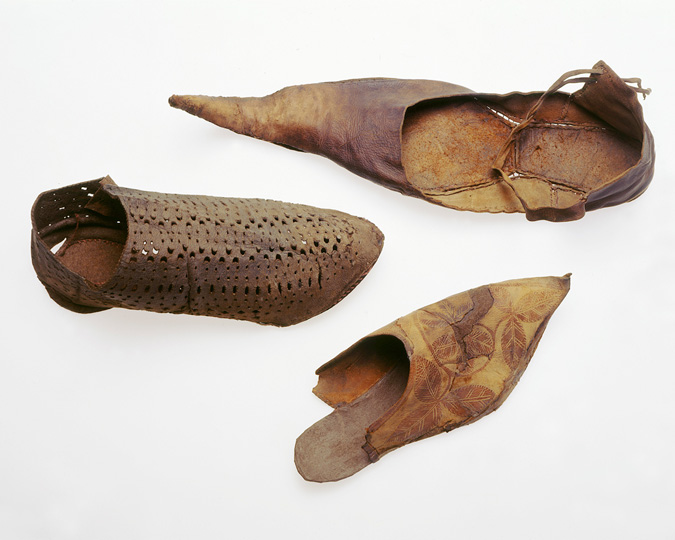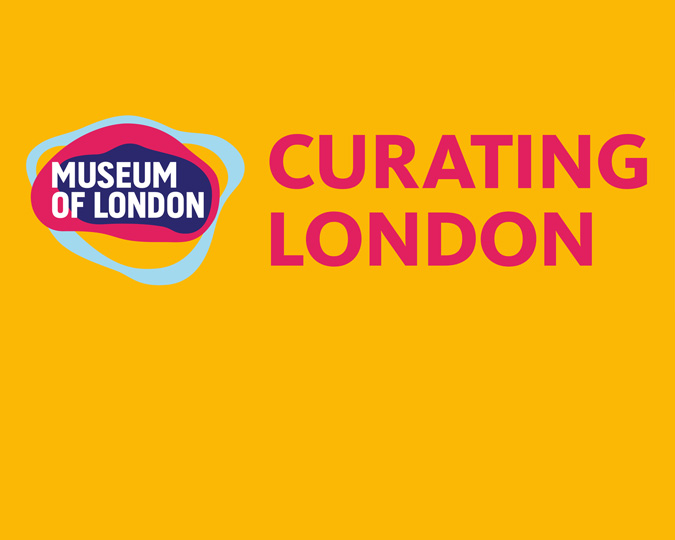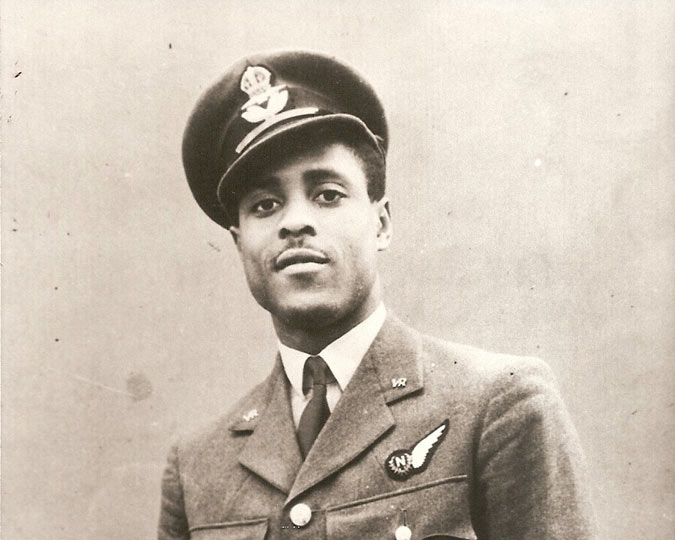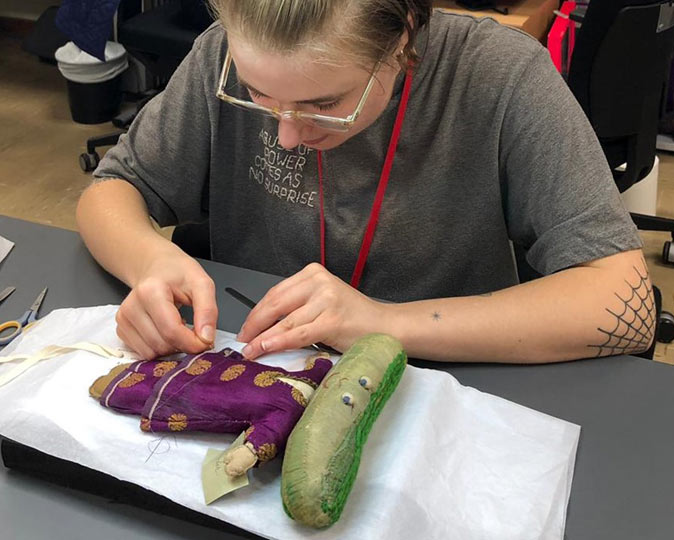Created to save an iconic queer venue from closure, this magnificent hand-drawn map shows the rich history of South London. Curator Thomas Ardill explains the story of the Plan of the Royal Vauxhall Tavern, and why we've added it to the Museum of London's collections.
This chart, hand drawn by Robin Whitmore, is a Plan of the Royal Vauxhall Tavern and its environs. It is a bird’s-eye view of the South London district, as seen at 3pm on a June afternoon in 2014. At the centre, where Kennington Lane, Harleyford Road and the railway line converge, stands the Royal Vauxhall Tavern, a Victorian public house built on the southwest corner of the former Vauxhall Pleasure Gardens.
The Plan of the Royal Vauxhall Tavern is an extraordinary two metres wide, and is illustrated with 64 ‘points of historical interest’ from a seventeenth-century fort (see number 1 on the plan), through to a disgraced Tory MP (59) and a seven-foot ghost (57). Newly acquired by the Museum of London, the Plan charts the history of an iconic London venue.
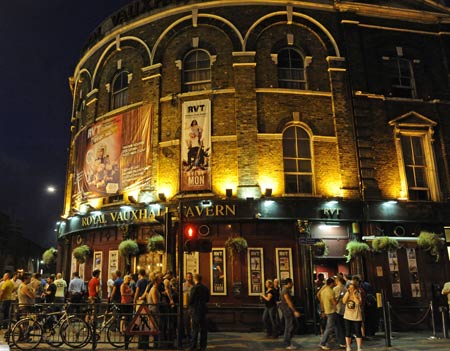
Royal Vauxhall Tavern, photographed in 2009
The Royal Vauxhall Tavern has long been cherished by London's lesbian, gay and queer communities. It came close to closure in 2014 when it was purchased by property developers. A campaign group was established to prove the historic and cultural significance of the pub to the LGBTQ community. Whitmore’s large, highly detailed and meticulously hand-drawn map was commissioned as part of this campaign.
It places the Tavern at the heart of South London’s queer landscape, and at the centre of an area rich in social, industrial and cultural history. The Plan was acquired by the Museum of London in 2019, and had its first public outing in February 2020 as part of a panel discussion on London’s Queer Landscape.
A legacy of London nightlife
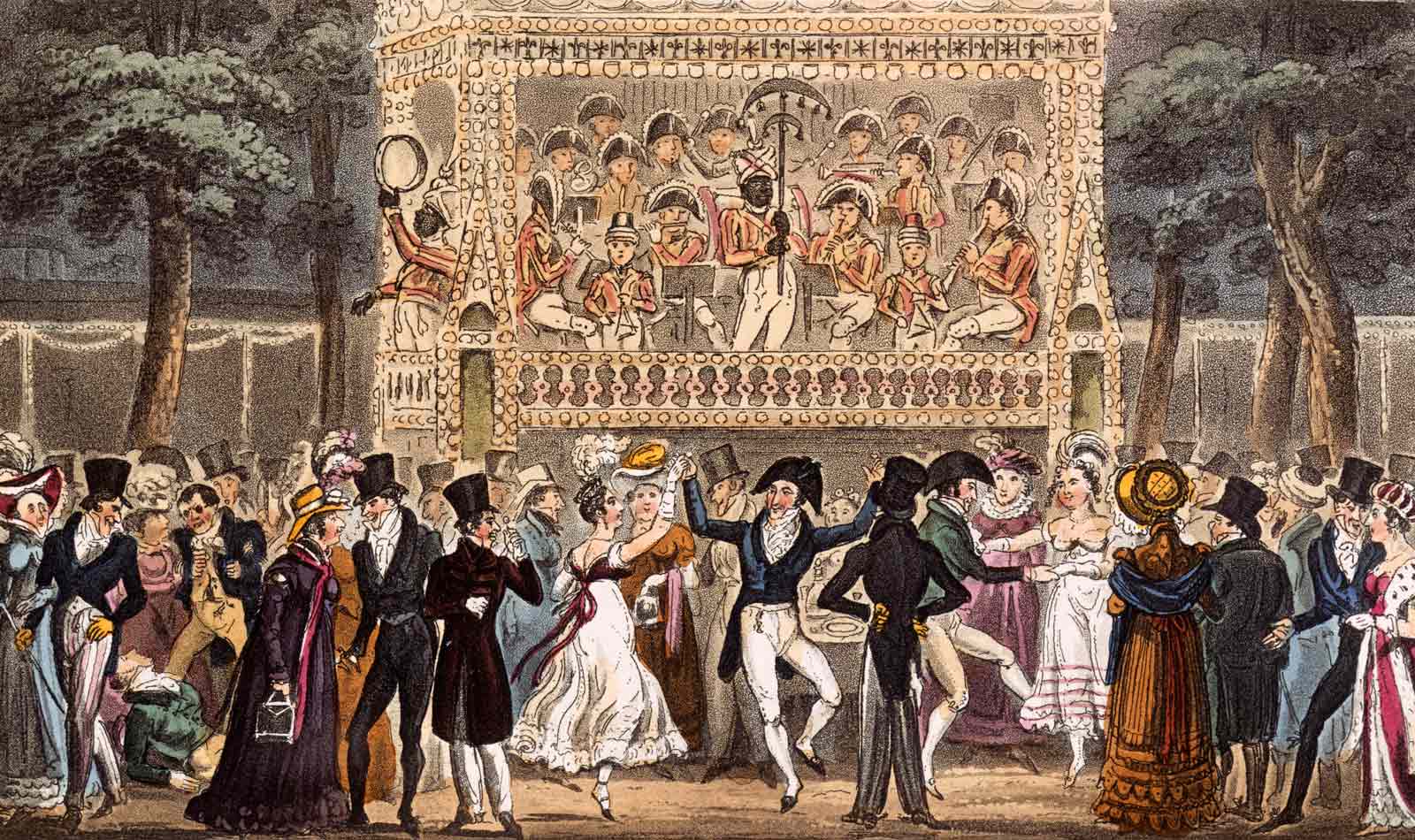
Tom and Jerry and Logic making the most of an Evening at Vauxhall: 1821
Etched by I.R. and G. Cruikshank
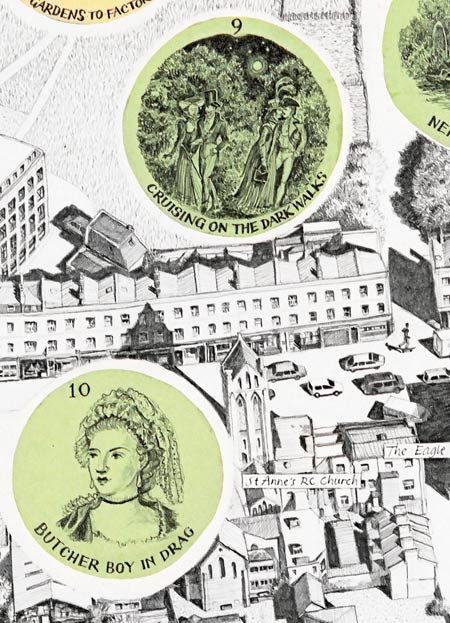
"Cruising on the dark walks" and "Butcher boy in drag", detail from the Plan of Royal Vauxhall Tavern
"At the back of the gardens the unlit "Dark Walks" attract unihibited erotic adventurers."
The Royal Vauxhall Tavern was built between 1860 and 1862, on the southwest corner of the former Vauxhall Pleasure Gardens. Although the Pleasure Gardens closed in 1859, part of the site's outline can be traced in the public park that now occupies the site. The area’s association with the queer community dates back to the early eighteenth century. The gardens attracted pleasure seekers while secluded areas gained a reputation as the site of romantic assignations.
Masquerades offered the opportunity for cross-dressing. A frequent visitor was John Cooper, known locally as Princess Seraphina even when s/he was dressed as a man (10). The Royal Vauxhall Tavern’s reputation as a gay venue was established by the time of the Second World War, when it began to host drag shows (30), a tradition that continues to this day.
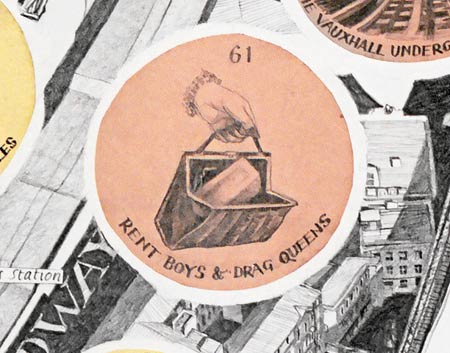
Famous drag queens featured on the Royal Vauxhall Tavern plan
Many of the artistes who have performed there are celebrated in the portraits that surround the map’s title, including Lily Savage who went on to host talent nights at the nearby Elephant and Castle (61). Vauxhall became South London’s main LGBTQ district by the 1990s , and many other venues and nightclubs opened up, many in converted railway arches (64).
Over the past few decades, Vauxhall’s formerly industrial landscape has undergone waves of redevelopment, and the Tavern has resisted several threats to its future. In September 2015 the campaign to protect the venue received a considerable boost when Historic England granted the building Grade II Listing in acknowledgement of its ‘historic and cultural significance as one of the best known and longstanding LGB&T venues in the capital’.
It is the first building to be listed for this reason. It has since been recognised as an Asset of Community Value, granting it further protection against change of use, and efforts continue to guarantee its long-term future. Owing in large part to soaring property prices in the capital, a quarter or more of London’s queer spaces have disappeared over the last few years. But for the moment the Royal Vauxhall Tavern continues to thrive as one of the capital's premier entertainment venues for the LGBTQ+ community.
As London’s queer landscape continues to change, LGBTQ+ history month is a great time to reflect on the city’s rich queer heritage.
Discover more LGBTQ+ stories from London's past. Celebrate LGBTQ+ History Month at the Museum of London.








